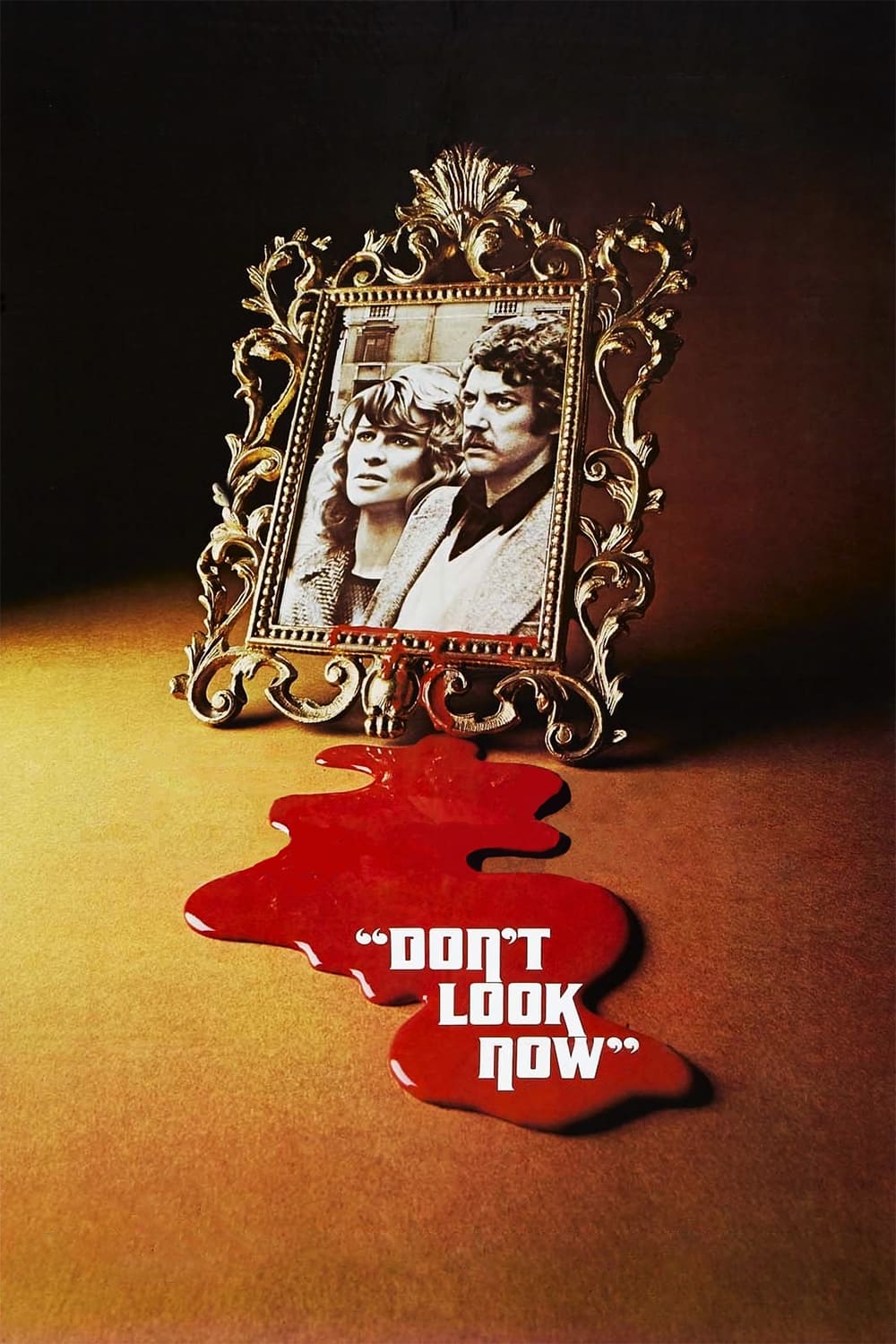
While grieving a terrible loss, a married couple meet two mysterious sisters, one of whom gives them a message sent from the afterlife.
23 Feb Don’t Look Now (1973)
Red Riding Hood Restoration
I just saw ‘Black Swan,‘ one of the most successful cinematic seductions of the inner worlds of madness. It prompted me to go to this rather than ‘Red Shoes‘ or ‘Nostalghia.‘
What makes this film — indeed this filmmaker — valuable is the first decision made. The world of the film is not much like the real world, nor any familiar film world, though there are fragments of and references to both of these. The cinematic reach is toward Giallo, a genre which could be characterized as Italian noir: circumstances that fall upon a hapless ordinary citizen, circumstances that are manipulated by and for the viewer and which in the Italian case involve color as a violent agent.
The choice in this case is to live in an internal world, the fragmented mind of a psychic who foresees his own death, but believes it to be the death of his non-existent daughter (who we may see being conceived). Roeg is highly visual in his storytelling and since the story here is fragmented and non-linear, the narrative sense is all in the visual continuities: color, water and the Red Riding Hood story.
The title is from a variation on that story which has the ending deviate from the fairy tale because of decisions on what Red chooses to look at.
The elements of the film‘s story hardly matter: our psychic is a restoration expert, working to remake a Venetian chapel and its scrambled mosaics. His life is partially on and partially under water, among and in psychic women, one of whom is his wife. There are many amazing compositions here: not as sublime as Tarkovsky, but as well considered. The scene most recalled in memory by myself and others is the lovemaking scene.
Photographing sex must be one of the most difficult challenges for a filmmaker. Here, the ambition is orders of magnitude beyond usual because the same folded and fragmented Joycean vision that frames his quest for death is in and under the skin of his beloved. The filming is erotic of course, and it is hard enough to avoid the salacious. But Roeg goes far beyond: the encounter would normally consist of foreplay, coitus and redressing as a sequence as bound to earth as any.
But here, the intimacy comes from the mix of these. The effect changes us in several ways. We know we are seeing many such sessions: a lifetime of love. We know that even this intense touching is for him a cacophony of shifted cause. We know from his after-demeanor that it always puzzles him that he cannot put things in their right place, even here.
And the woman, his love, is transformed into rivers, canals, chapels, children unknown and mirrors and photographs that confuse.
He is not restored. She continues to flow. We leave the film a bit more psychic and free from wolves.
Posted in 2010
Ted’s Evaluation — 3 of 3: Worth watching.


No Comments